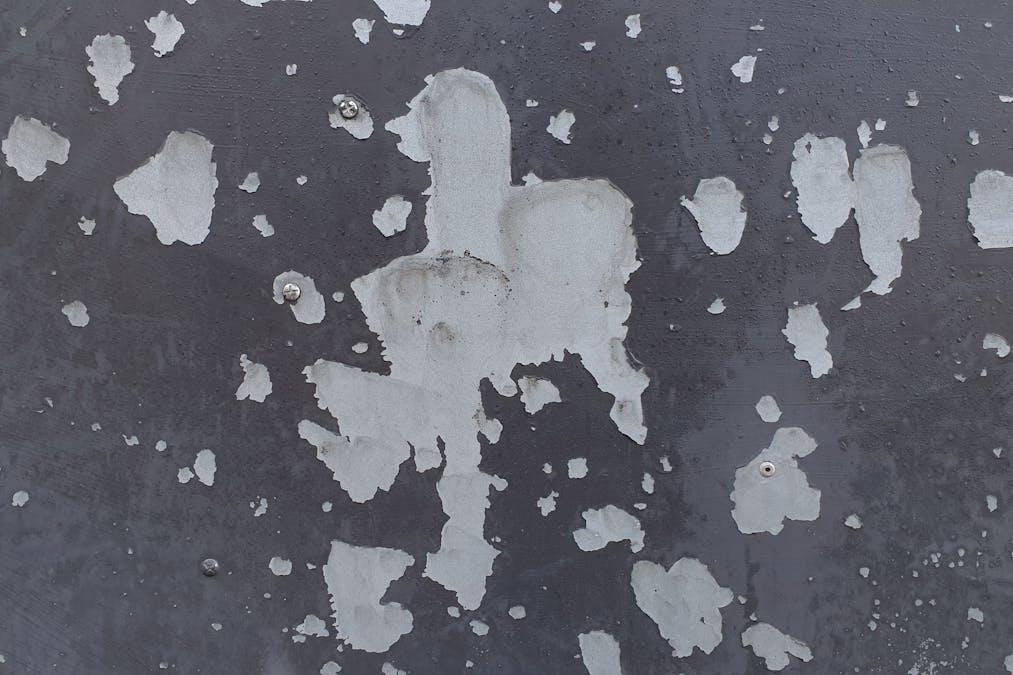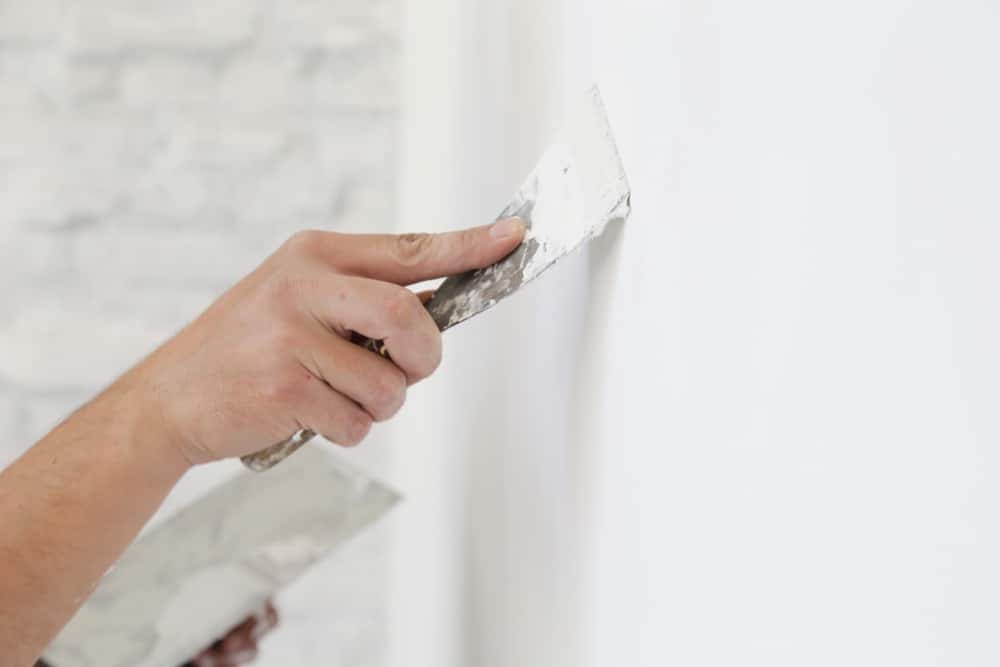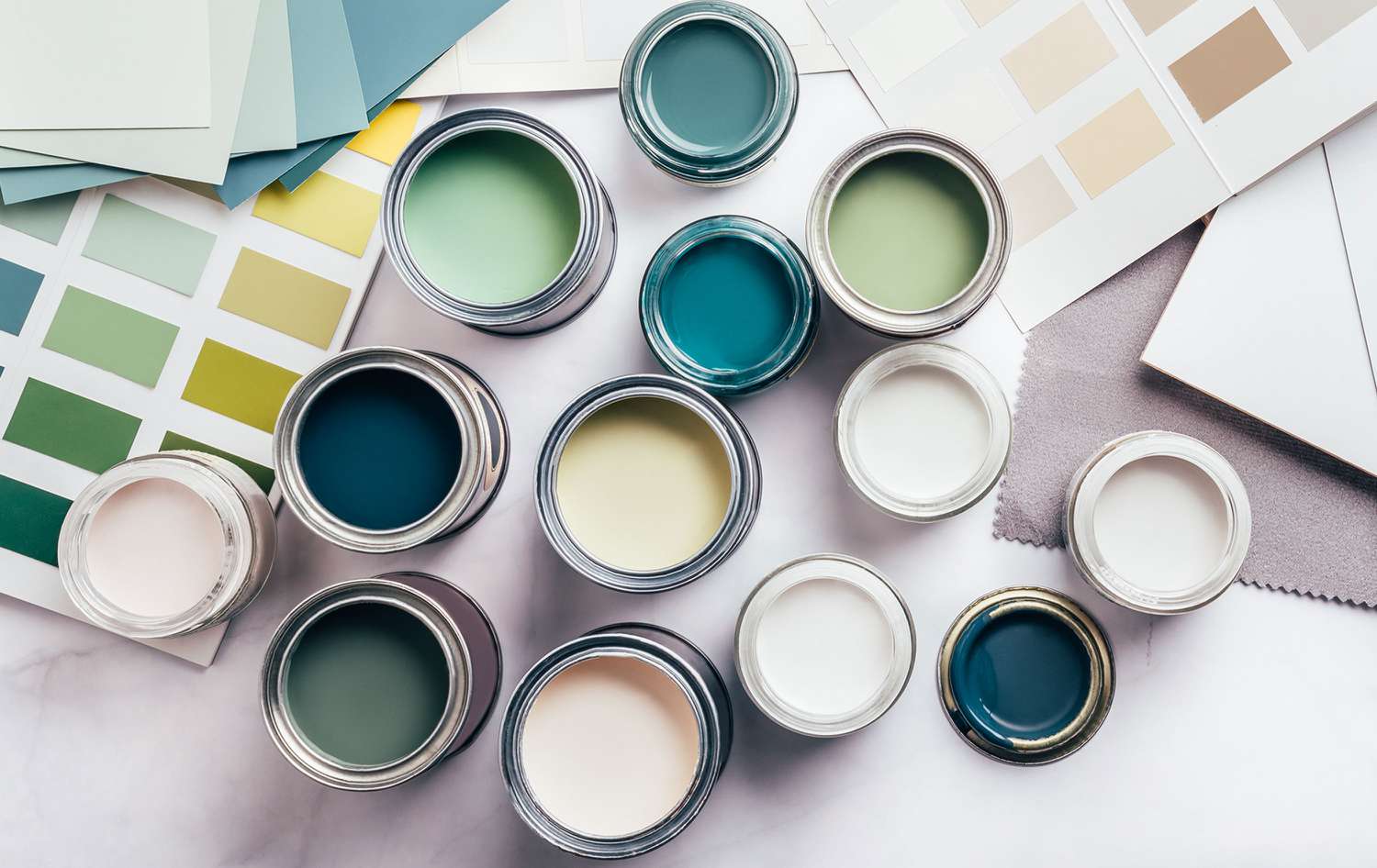
How Often Should You Repaint Your Home? Signs It’s Time for a Fresh Coat
Has your home’s color started to fade—or worse, peel? You’re not alone.
Many homeowners aren’t quite sure when their home’s paint has crossed the line from “weathered” to “worn out.” If you’re wondering how often should you repaint your home, the answer depends on several key factors that often go unnoticed, like your home’s surface material, climate, and how much wear and tear it faces year-round.
Knowing the right time to repaint doesn’t just keep your home looking fresh—it also protects your investment, prevents damage, and boosts curb appeal. Unfortunately, too many people wait until paint is visibly failing before calling in a professional, which often leads to bigger problems down the road.
In this blog, we’ll walk you through how often to repaint different areas of your home, signs that it’s time for a new coat, and why hiring a professional painter makes all the difference in durability and finish quality.
Let’s explore how often your home really needs a fresh coat—and why it pays to get it done right.
How Often Should You Repaint Your Home? A Room-by-Room & Surface Breakdown
When it comes to how often should you repaint your home, there’s no one-size-fits-all answer. The timeline depends on a mix of factors, including the material being painted, the room’s purpose, and environmental exposure. Below is a practical breakdown to help you understand what’s typical and when you should start thinking about a refresh.
Exterior Surfaces
Your home’s exterior is its first line of defense—and also the first thing guests (and buyers) see. Exposure to sun, rain, wind, and snow all takes a toll over time.
General Guidelines:
- Wood siding: Every 3–7 years (more often in harsh climates)
- Stucco: Every 5–6 years
- Brick (painted): Every 7–10 years
- Vinyl or aluminum siding: Every 5–10 years
Factors to Consider:
- Sun-exposed areas may fade faster
- Poor prep or low-quality paint may require more frequent repainting
- Nearby trees, moisture, or salty air (near coasts) can reduce paint life
Interior Spaces
Paint longevity inside your home depends heavily on usage and room type. High-traffic and moisture-prone areas tend to need more frequent attention.
Room-by-Room Repainting Timelines:
- Kitchens & bathrooms: Every 3–4 years – Constant humidity and frequent cleaning cause faster wear.
- Living rooms, hallways, and entryways: Every 5–7 years – These high-touch spaces show dirt, scuffs, and marks more quickly.
- Bedrooms: Every 7–10 years – Adult bedrooms tend to hold up longer; kids’ rooms may need repainting sooner.
What Affects Paint Lifespan?
Even if a surface or room seems fine, several underlying factors influence when it’s time to repaint:
- Paint quality: Higher-quality paints offer better coverage and fade resistance
- Color choice: Darker shades fade faster in sunlight
- Surface prep and application: A professional job typically lasts longer due to proper priming and sealing
- Maintenance habits: Regular cleaning and care can extend the life of your paint
Repainting on schedule doesn’t just freshen your space—it helps avoid costly damage or major renovations later. And when in doubt, it’s always wise to have a pro evaluate your home’s paint health.
7 Visual Signs It’s Time to Repaint
Even if you’re not tracking the exact year your home was last painted, your walls and siding often tell you when it’s time for a refresh. From subtle fading to glaring cracks, these signs should never be ignored.
- Peeling or cracking paint – Once the paint starts separating from the surface, moisture can get in and cause serious damage underneath.
- Fading or discoloration – Especially on sun-facing exteriors or near windows, UV exposure dulls color and weakens paint integrity.
- Stains or mildew – Dark spots, water rings, or mildew patches that return after cleaning are signs the paint has lost its protective seal.
- Scuff marks or fingerprints that don’t wash off – In high-traffic areas, paint can wear down to the point where it no longer resists marks.
- Chalky residue – Run your hand along an exterior wall—if a white, powdery substance comes off, it’s a sign of sun breakdown.
- Bubbling or blistering – This usually means moisture is trapped under the paint, which can lead to more serious surface issues.
- Outdated color – While not a structural issue, colors that look dated or clash with décor can make a space feel tired or less welcoming. Ignoring these signs may lead to more extensive (and expensive) damage later. When you notice one or more, it’s time to call in a pro and ask whether repainting is the best next step.
Why Repainting Is More Than Just a Cosmetic Upgrade
Many homeowners wait until paint visibly fails before taking action. But repainting isn’t just about appearances—it’s a smart investment in your property’s long-term value, safety, and comfort. When done at the right time, a fresh coat of paint can do more than make your space look good.
Protects Against Moisture, Mold, and Rot
Paint acts as a barrier against the elements, especially on exterior surfaces.
- Exterior protection: Cracked or peeling paint lets water seep into wood and siding, which can lead to mold, rot, or even structural issues.
- Interior moisture zones: Bathrooms and kitchens benefit from mildew-resistant paints that help fight humidity and moisture buildup.
Repainting these areas regularly helps safeguard both surfaces and the materials underneath.
Boosts Property Value and Curb Appeal
Thinking about selling in the next few years? A fresh coat of paint is one of the most affordable ways to boost your home’s market value.
- Neutral, modern colors appeal to buyers and make spaces feel fresh and well-maintained
- Exterior curb appeal gives a powerful first impression, making potential buyers feel more confident about the property.
Improves Indoor Mood and Comfort
Colors have psychological effects. A fresh paint job can transform not just the look of a room, but how it feels:
- Lighter shades make a space feel bigger, airier, and cleaner
- Cool tones bring calm to bedrooms or bathrooms
- Warm hues can make common areas feel more inviting and vibrant
If your space feels uninspiring, outdated, or just “off,” a new color scheme might be the refresh you didn’t know you needed. Want help choosing colors that enhance both comfort and value? This is where a professional’s insight becomes invaluable—especially one who understands trends and durability.
Why Hiring a Professional Painter Pays Off in the Long Run
Once you realize it’s time to repaint, the next decision is whether to go DIY or bring in a professional. While tackling a room or two might seem manageable, hiring a pro offers major benefits that save time, money, and stress—especially when quality matters.
Proper Surface Prep for a Longer-Lasting Finish
Professionals know that the key to a lasting paint job starts before the first brushstroke.
- Thorough prep includes sanding, cleaning, filling in cracks or nail holes, and applying primer where needed
- Skipping these steps (or doing them improperly) leads to paint that peels, chips, or fades quickly
When you hire a seasoned painter, they bring years of experience to ensure surfaces are prepped to perfection.
Access to Premium Products and Tools
Not all paints are created equal, and pros know the difference.
- High-quality paints have better pigment, coverage, and fade resistance
- Commercial-grade tools (like sprayers or scaffolding) ensure a smoother, faster finish
- Many pros also help clients choose colors that match trends, lighting, and the room purpose
Better products and tools equal better results. And that’s something homeowners can see and feel.
Accountability, Insurance, and Warranties
Hiring a licensed professional gives you peace of mind:
- Licensed and insured crews protect you from liability
- Clear contracts and timelines reduce surprises
- Workmanship warranties ensure the job is backed up if issues arise
Choosing a pro is about more than convenience—it’s about safeguarding your home with quality you can trust.
Conclusion: Keep Your Home Fresh, Safe, and Beautiful
So, how often should you repaint your home? The answer depends on your materials, environment, and lifestyle, but your home will often show you when it’s time. Whether it’s peeling paint, fading color, or outdated style, knowing when to repaint is a key part of protecting and personalizing your space.
A professional paint job does more than refresh—it prevents damage, enhances mood, and boosts your property’s value. And when it’s done by skilled, licensed pros, the results last longer and look better.
Not sure if your home is due for a fresh coat? Contact our team for a no-pressure consultation and expert insight. We’re here to help you bring new life to your walls—inside and out.






